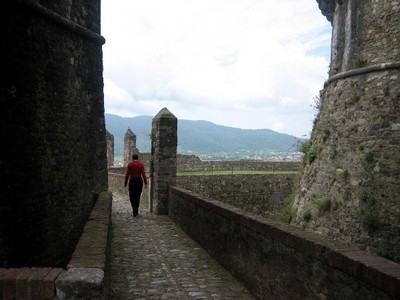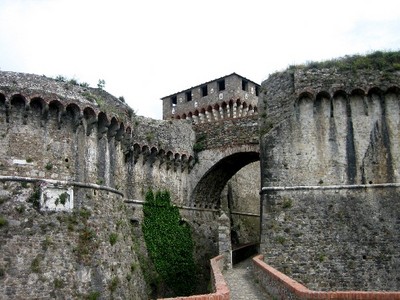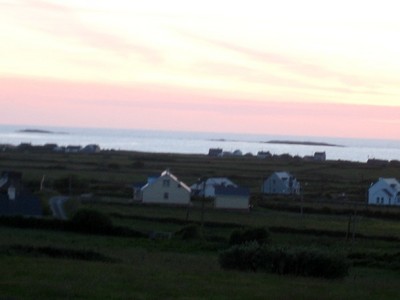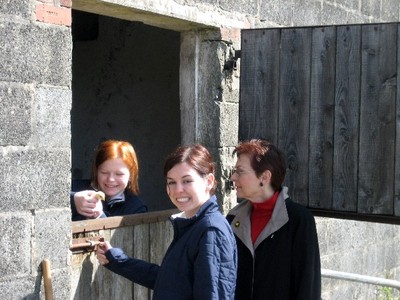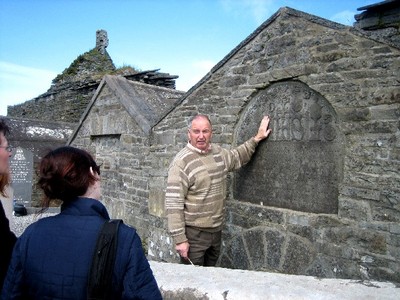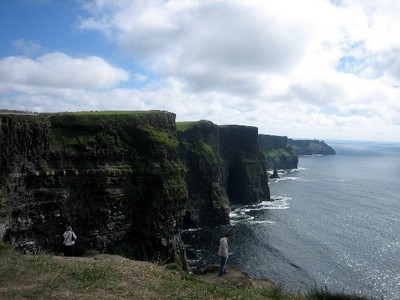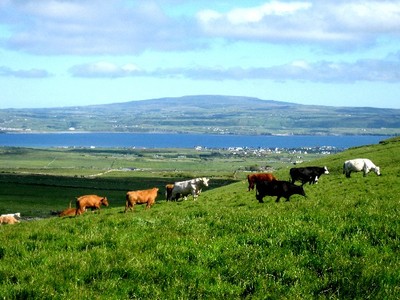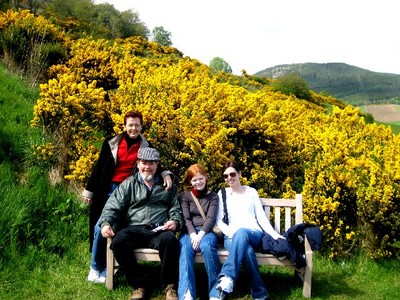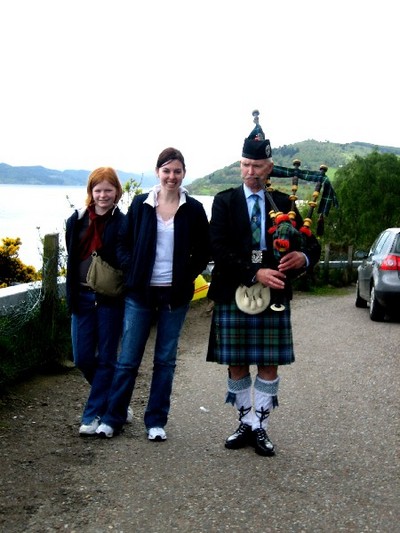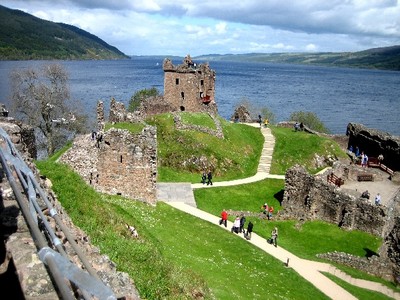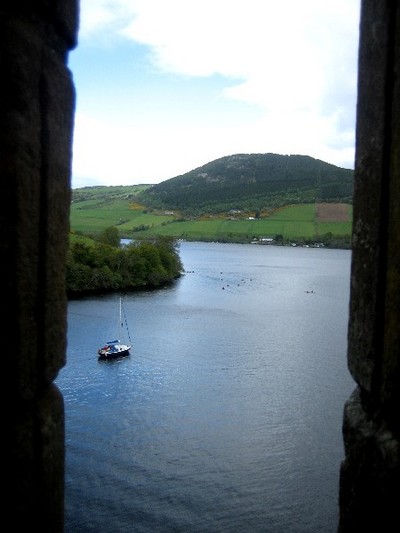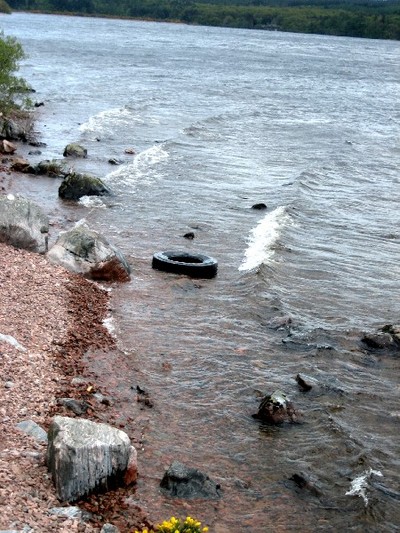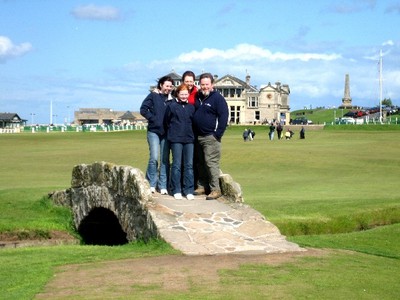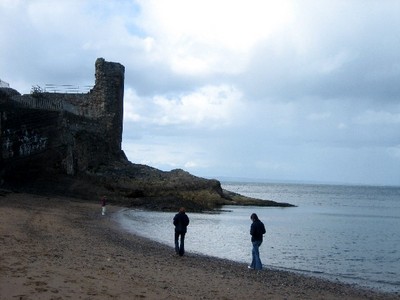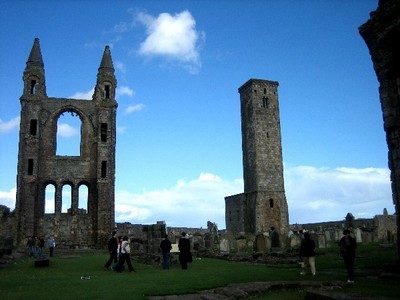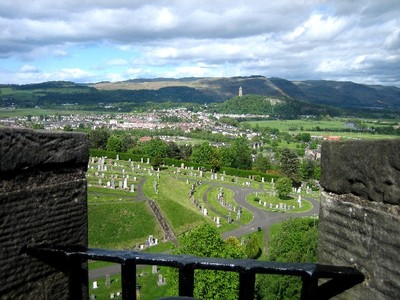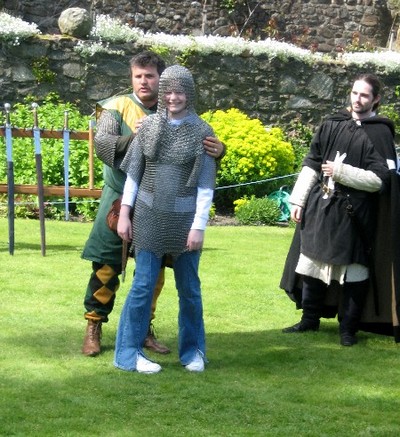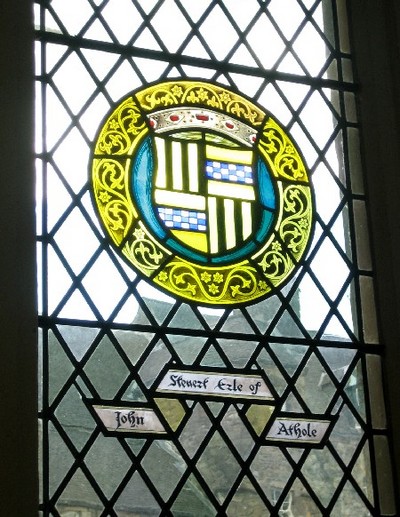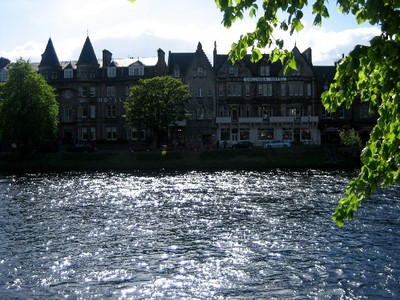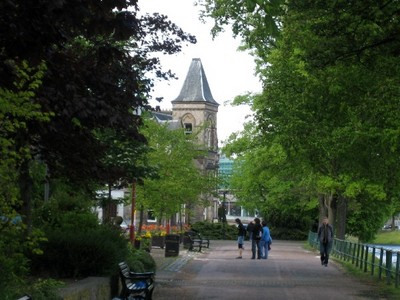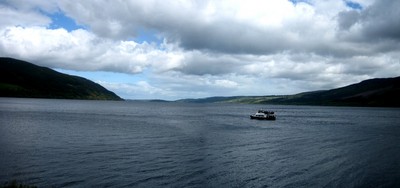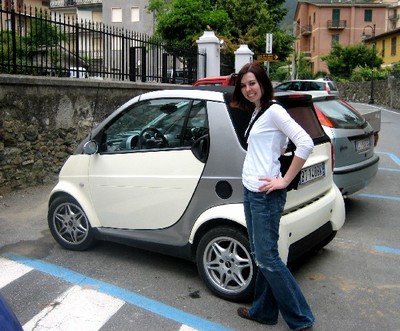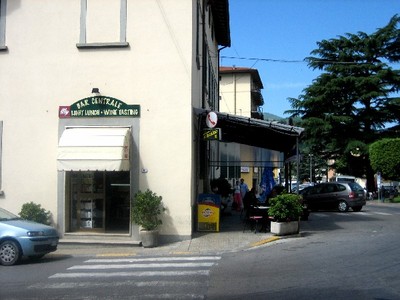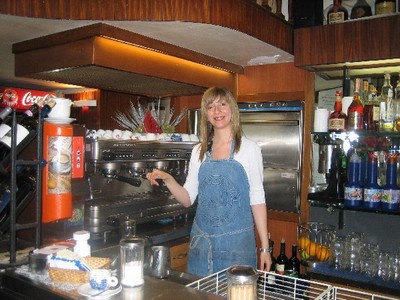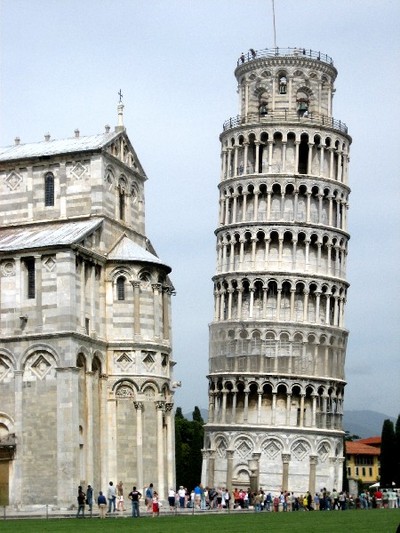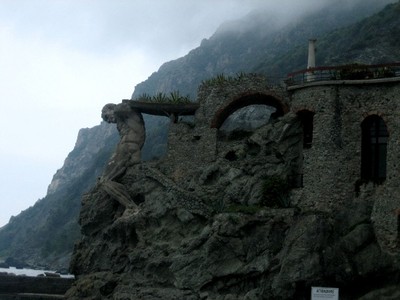I thought driving in Italy would be the biggest challenge because of the reputation of Italian drivers and due to the language barrier, but in fact we picked it pretty well. We were greatly encouraged by the time we returned to England and picked up our rental car. Sure, there was that whole driving on the wrong side thingy but we figured we could get used to that quickly and, if we ever got lost, we could easily ask for directions.
The truth is, I hate driving in England, and it’s not because I still find myself walking to the wrong side of the car. In Italy, as I’ve already described, everything was wide open and you pursued your course without worrying too much about the other guy yet somehow it worked and everyone got where they were going; kind of like capitalism in a way. Driving in England is a perfect model for socialism where the goal is to make everyone equally miserable. There are more rules, more signs forbidding you from turning here or entering there, and everywhere there are signs noting that your speed and driving behavior are being recorded by police cameras. Much like the red-light cameras that have been tested in Minneapolis, “invisible” police may be taking your photo, noting your license plate and sending you a fine via the mail. It will be interesting to see if we’ve been tagged when we get home. Additionally, you are also informed that your license plate is being filmed when you buy gasoline, or “petrol.” The reason, it is explained, is to stop drive off thefts, but it makes you wonder about the whole “Big Brother” thing – cameras are watching you drive, watching you fill up – there is certainly a suggestive potential to this degree of monitoring that has to make you a little uneasy (of course, they can find out almost the same thing by tracking your credit card usage). To top it off, the nanny state mentality is further reinforced by signs regularly along the motorways urging drivers to take a break and rest so they can be fresh and avoid accidents. These were quaint the first couple of times I saw them, but they are everywhere and it long ago became annoying.
If they were really serious about avoiding accidents, then why don’t they get out there and cut the tree branches away from their roundabout signs? I can’t tell you how many times we’ve been trying to find a place, or trying to follow the arrows to be sure we get off on the right exit, only to have half the word of our destination covered up by foliage. Again, this happens all too often to be amusing. Is the brush-cutting union on strike?
The biggest frustration, however, is how long it takes to get anywhere. All of our trips so far have taken at least 50% longer than we expected looking at the mileage and the type of road we were going to be traveling on. The most bizarre example was a few days ago when we were trying to drive from the Cotswalds in the west to Carlisle, which is near the Scottish border. We had three lane motorway all the way, first the M5 and then the M6. The speed limit on the motorway is 70 mph, but this is largely theoretical. I have never been on a three lane highway before where you frequently come to a complete stop. And not just every now and then; repeatedly about every two miles we’d be forced to slow down for the “queues” as other roads fed into the motorway, backing things up to a standstill. Sheer torture, as the hours slip by and the miles don’t. And if you’re hungry or need gas or even just a toilet, good luck; you can’t expect to find these services at just about any highway exit ramp (especially exits for towns) like you can in the States. Your only chance for these things (and to have a reasonable chance of being able to get back on your original motorway) is to exit at a turn-off listed as having “Services.” Trouble is, because these are so few and far between, they’re always jammed with other motorists, queuing up for gas for the bathroom, for crisps and finally, maddeningly, to get back onto the motorway. I swear, the English would stand in line at an orgy.
So why are all these people on the road, anyway? Doesn’t England have a great public transportation system? How about all those trains? When I was here in ’79 I got around quite easily by train and it opened my eyes that maybe a pubic transportation system like this could be efficient. Now, however, the roads are crowded because no one can afford to take the trains, and no one has the time to trust the bus service. Some economists can probably give you a better explanation than I for the cost of the train service, but there’s no way we could have afforded to move my whole family around by train, even with the high prices for gasoline.
Finally, let me say this: the language “advantage” compared to driving in, say, Italy, is overrated. Just as we often found ourselves in sight of where we wanted to go but unable to get there because of the traffic signs and signals, we have also concluded that just because you know a language doesn’t mean you can understand it.
